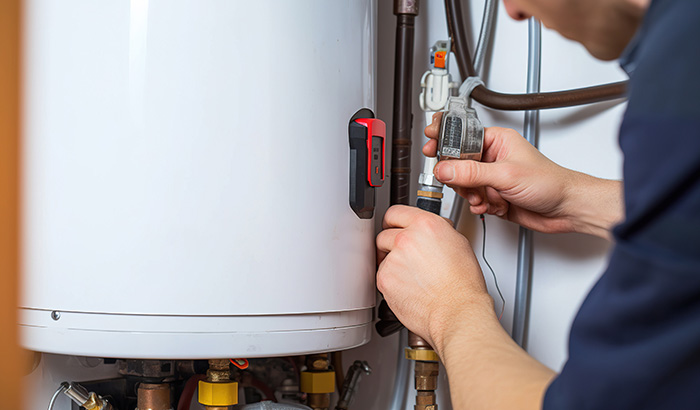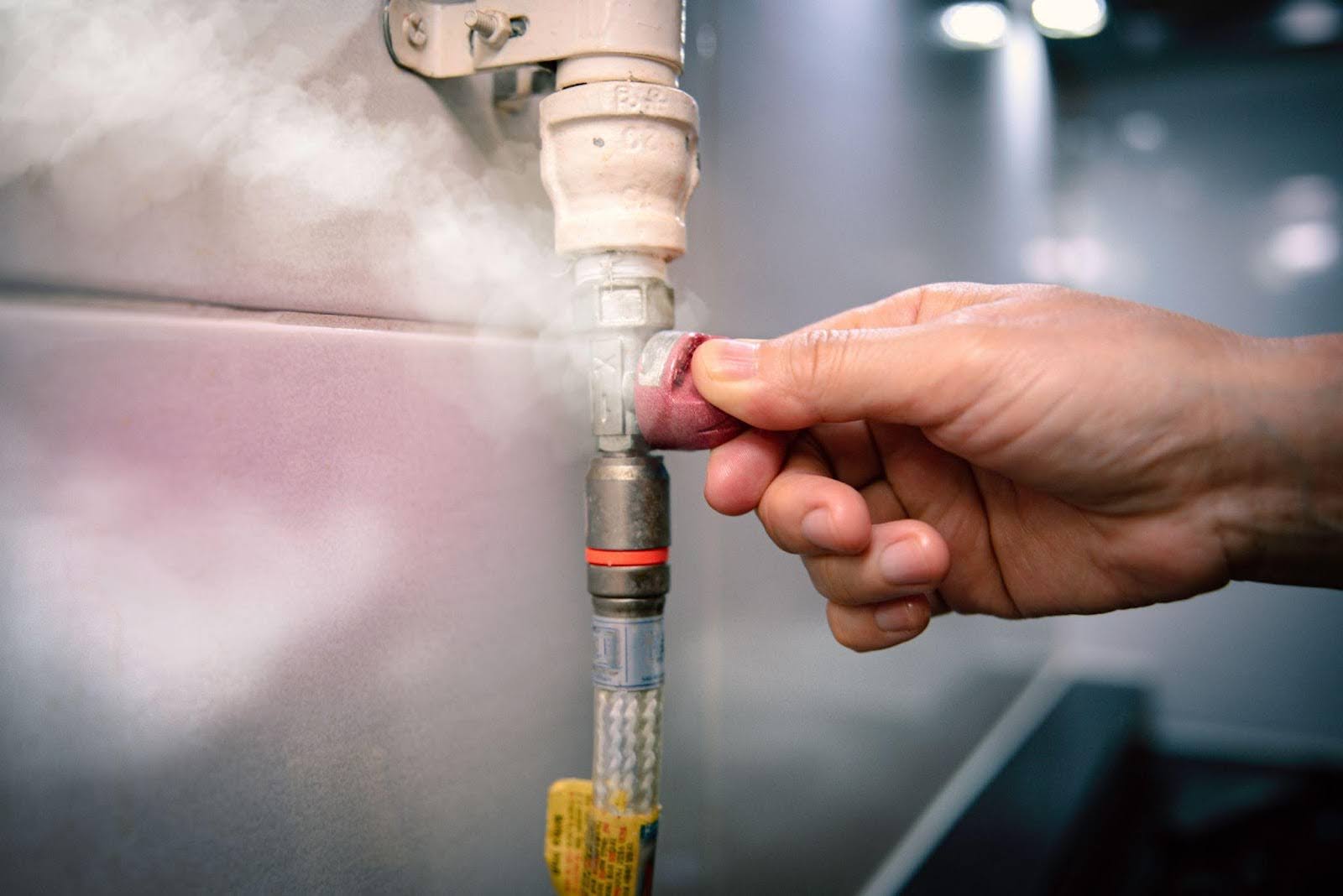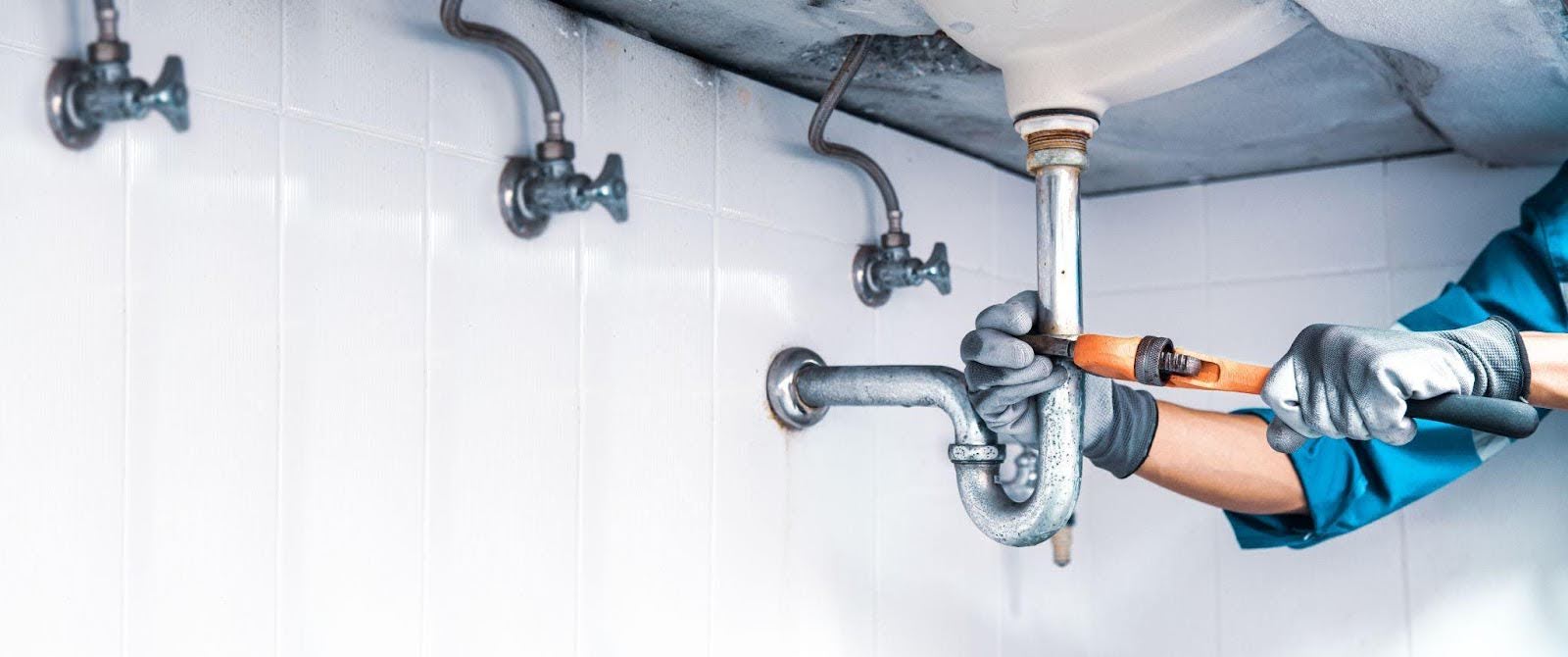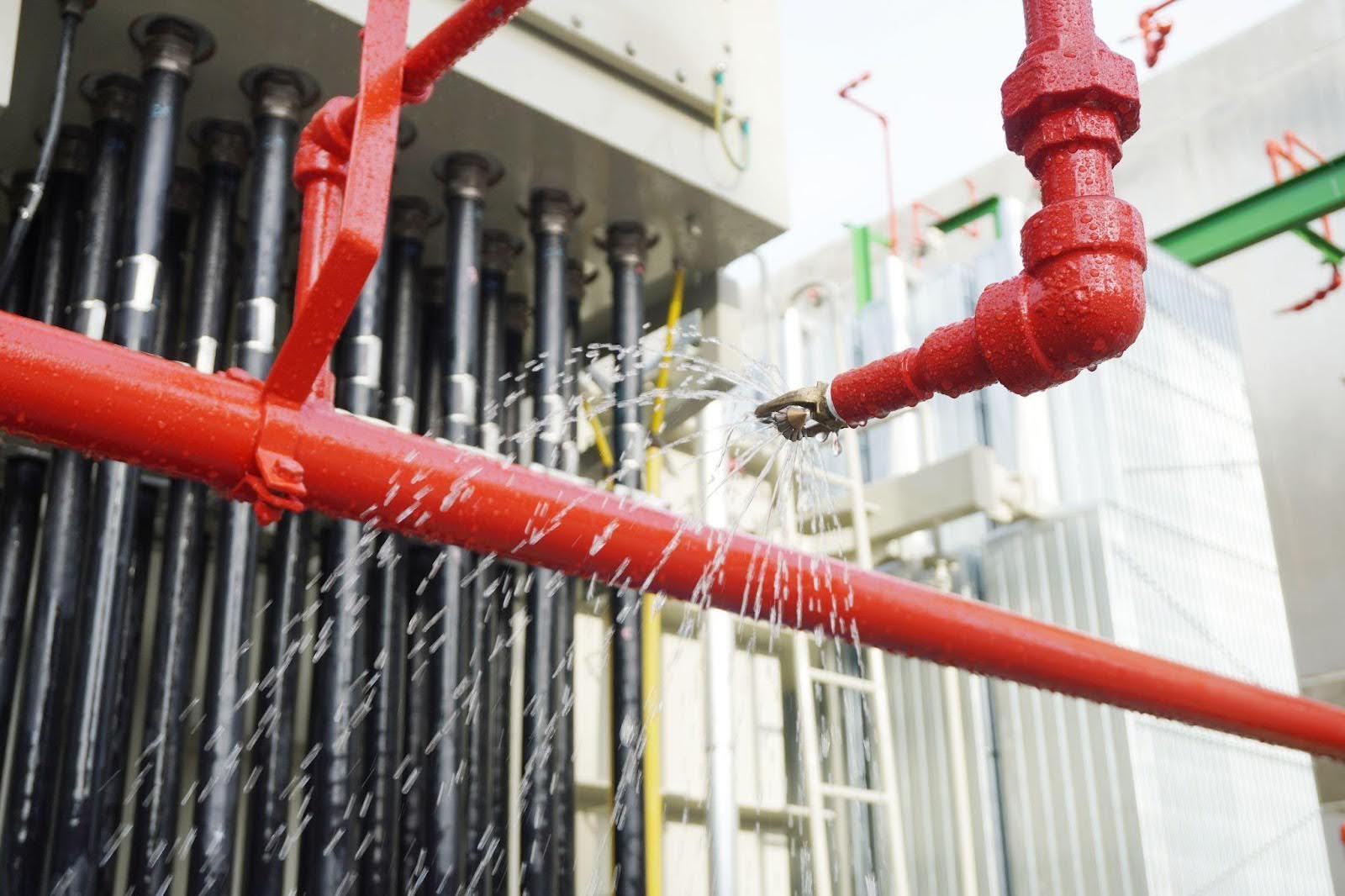Plumbing care is vital in every season. However, it becomes even more important during the frigid winter months when problems you don’t face at any other time of the year suddenly become very real.
Indeed, the shiver of a bitter winter evening often heralds the need for warm shelters and sturdy infrastructures. You’ll want your plumbing system to be working optimally during this time.
Seasons change, as do the demands on your home’s plumbing, making year-round plumbing essential.
Today’s blog is all about year-round plumbing care. We’re going over what to do every season to give your home the protection it deserves. Let’s start with winter.
Guarding against winter’s chill
In the heart of winter, pre-emptive measures against freeze-induced damage save homeowners money and future inconvenience. Insulating pipes in unheated areas, such as basements or garages, forms the first line of defense, deterring the effects of sub-zero temperatures on your home’s lifeblood -– the plumbing system.
As temperatures plummet, prioritizing the continuity and efficiency of your home’s heating system becomes indispensable. Strategically placed heat tape or thermostatically controlled heat cables around at-risk piping provide additional safeguarding, maintaining a crucial flow and preventing the catastrophic aftermath of bursting pipes.
Ensure that “winterizing” and “freeze protection” become key elements of your seasonal routine to preserve your domestic sanctuary’s reliability and operational integrity.
Insulate pipes to prevent freezing
In the fierce grip of winter’s cold, unprotected pipes are at high risk of freezing, which disrupts water access and causes potential damage. By ensuring your pipes are adequately insulated against the chill, you’ll prevent such catastrophes from happening.
With proper insulation, you create a thermal barrier that maintains water temperature and reduces the chances of ice formation within your plumbing system. This proactive step is essential for preventing pipe bursts, which can result in expensive repairs.
Insulating pipes is prudent even in moderately temperate regions, as unexpected cold snaps can occur. When pipes are insulated, they are less prone to the drastic temperature fluctuations that lead to freezing or bursting—and thus secure your peace of mind throughout the coldest season.
Prepare Outdoor Plumbing
As seasons change, your outdoor plumbing requires timely preparation to ensure seamless functionality.
With spring’s arrival, we recommend that you meticulously inspect all your outdoor plumbing fixtures for any damage from the cold weather. Examine faucets, hose bibs, and sprinkler systems for cracks or leaks. Promptly repair any issues you find to preserve your system’s integrity.
Adopting a seasonal routine is imperative to protect your outdoor pipes. Before the onset of freezing temperatures, disconnect your hoses, drain the water, and shut off the valves to prevent residual water from freezing and causing pipe bursts.
In anticipation of summer and increased water usage, it’s crucial to check for proper operation and efficiency of irrigation systems. Adjust sprinkler heads, clear blockages, and verify timers and sensors are in working order. This prevents water waste and ensures your landscaping receives the hydration it needs without undue strain on your plumbing infrastructure.
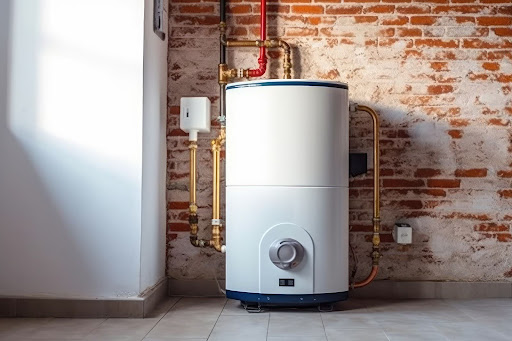
Water Heater Wellness
Ensuring your water heater is properly maintained is crucial for year-round performance and efficiency.
- Inspect the tank for signs of corrosion or leaks.
- Test the pressure relief valve to confirm it’s operating correctly.
- Drain and flush the tank annually to remove sediment build-up.
- Check the anode rod and replace it if it is more than half-worn.
- Adjust the temperature setting to 120 degrees Fahrenheit for optimal energy use.
- Insulate older units with a water heater blanket to improve efficiency.
- Schedule professional maintenance annually for a thorough inspection and tune-up.
Routine checks are simple yet significantly extend the lifespan of your water heater.
Adhering to these steps will avert costly breakdowns and contribute to a dependable hot water supply.
Spring revival for plumbing
With the advent of spring, it’s imperative to revitalize your home’s plumbing after a potentially harsh winter. Begin with assessing the outdoor faucets for any damage from freezing temperatures.
Next, inspect hoses and irrigation systems for cracks that could lead to leaks or water wastage. Within your domicile, examine pipes for signs of leaks and ensure that your sump pump is functioning optimally to handle spring rainfalls.
These preemptive measures safeguard against water damage and maintain the integrity of your plumbing system through the season of renewal.
Clear drains and gutters
Preventative maintenance is crucial, particularly for the longevity of your home’s drainage systems. Clean and clear gutters and drains are fundamental in avoiding water-related damage to your property.
As the seasons shift, debris easily clogs gutters and drains, leading to potential water overflow and property damage. Regularly removing this debris ensures a free-flowing system that effectively channels water away from your home’s foundation and prevents soil erosion around your property.
This can be a meticulous task, necessitating comprehensive cleaning to remove obstructions and check for signs of deterioration.
Consistency in upkeep prevents the accumulation of blockages that can lead to extensive water damage. Failure to maintain these systems results in stagnant water, which damages your property and becomes a breeding ground for mosquitoes and other pests. Therefore, we recommend a seasonally tailored drainage maintenance regime to mitigate these risks.
In stark terms, a well-maintained drainage system is an unspoken guardian against water damage to your residence. Conducting biannual cleanouts during fall and spring is advantageous, as these seasons typically precede periods of heavy rainfall or snow.
This fortifies your home’s defenses, allowing for peace of mind and safeguarding the substantial investment your home represents. Neglect can incur severe repercussions, making a proactive approach an economically sound decision.
Inspect for leaks post-thaw
Once the thaw of spring begins, a vigilant inspection for leaks is paramount. This process should encompass all visible plumbing lines, fixtures, and connections to ensure their integrity remains uncompromised.
Take caution, small drips can signal larger issues ahead. Investigate them promptly.
As temperatures rise, frozen pipes that may have developed fissures or cracks will start to thaw, revealing leaks that weren’t apparent during the colder months. It is imperative to swiftly identify and repair these vulnerabilities to prevent water damage.
The aftermath of winter poses various challenges, one of which includes the potential for plumbing leaks that emerge post-thaw. It is not uncommon for pipes to contract and expand with freezing and thawing cycles; this can lead to undetected compromises in your plumbing system.
Sump pump functionality check
Ensuring your sump pump operates correctly is crucial, especially before wet seasons.
- Inspect the Discharge Line: Confirm that the sump pump’s discharge line is clear of any blockage and directs water away from the foundation effectively.
- Test the Pump: Pour water into the sump pit to raise the float and observe if the pump activates promptly and drains the water efficiently.
- Check the Battery Backup: If your sump pump has a battery backup, test its functionality to ensure operation during power outages.
- Examine the Check Valve: Make sure to correctly install the check valve to ensure the water doesn’t flow back into the sump pit.
- Clean the Sump Pit: Remove debris from the sump pit that might impede the pump’s function or trigger a malfunction.
A malfunctioning sump pump could spell disaster during heavy rains.
Regular maintenance helps prevent unexpected failures when you least anticipate them.
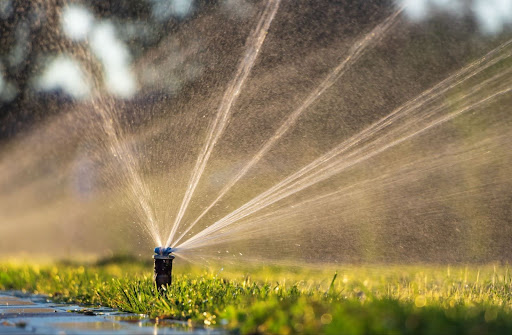
Summer maintenance musts
In summer, vigilantly monitor irrigation systems for leaks to conserve water and prevent over-saturation near foundations.
As temperatures rise, ensure outdoor faucets and hose bibs aren’t leaking; a simple repair can save substantial amounts of water during peak usage.
Remember, a professional inspection of your plumbing system can preclude unexpected disruptions during summer festivities.
Regulate water pressure
Maintaining optimal water pressure is pivotal to the integrity of your plumbing system.
- Monitor the gauge: Regularly check your water pressure with a gauge to identify discrepancies.
- Adjust the regulator: If pressure is too high or low, adjust the pressure regulator accordingly.
- Schedule inspections: Have a professional inspect your system annually for any underlying issues.
- Replace worn parts: Worn valves and regulators can cause pressure fluctuations; it’s important to promptly replace them.
- Identify leaks: Persistent leaks can lead to pressure inconsistencies, so address them swiftly.
Excessive pressure can stress pipes and fixtures, leading to leaks or bursts.
Properly controlled water pressure ensures a balanced and efficient plumbing system throughout the year.
Sewer Line Vigilance
Within the subsurface of our homes lie the vital conduits of our daily existence: the sewer lines, guardians of sanitation and functionality. These unseen pipelines require constant attention and proactive care, particularly during seasonal transitions when environmental fluctuations are most pronounced.
Sudden temperature shifts can stress sewer systems. Expansive soil movement from freeze-thaw cycles exacerbates this vulnerability.
Spring thaws and heavy rains intensify underground water saturation, potentially infiltrating and overwhelming the sewer infrastructure.
Regular inspections by certified professionals mitigate risks by identifying early signs of wear or blockage, ensuring that minor issues do not escalate into systemic failures.
Adopting preventative maintenance routines helps preserve the integrity of the sewer system, guarding against untimely and costly disruptions that could ripple through the household.
Ultimately, your home’s longevity hinges on diligent sewer line oversight. Implementing expert-recommended strategies stands as your best defense against unpredictable shifts in subterranean environments.
Hose nib and sprinkler care
Hose bibs and sprinklers are integral to maintaining a verdant landscape throughout the varying seasons. Importantly, these fixtures demand seasonal attention to prevent damage.
In colder climates, winterizing your sprinkler system is essential.
Come spring, inspect each hose bib and sprinkler head for signs of damage. This is the optimal time for repairs, ensuring systems operate efficiently during peak usage in summer.
As autumn approaches, it’s crucial to drain and insulate hose bibs and irrigation systems before the first frost. Investing in this precautionary step dramatically mitigates the risk of frozen pipes and the costly repercussions of a ruptured system.
Fall preparations to weatherproof plumbing
As leaves begin to don their autumnal hues, you’ll need to take proactive steps to safeguard your home’s plumbing against the harshness of winter’s embrace. Checking insulation levels on exposed pipes, especially those located in unheated areas like basements or garages, becomes imperative.
Additionally, it’s a good idea to insulate hose bibs and outdoor faucets to forestall freeze-induced damage, ensuring your system remains intact as temperatures plummet.
Detaching garden hoses, draining them, and storing them properly will prevent residual water from freezing and expanding, which could potentially rupture the exterior faucet or the connecting pipes within. This measure is a fundamental aspect of conscientious plumbing care as the crisp fall air ushers in the colder months ahead.
Detach and drain hoses
Before the whispers of winter grace your eaves, it’s crucial to detach hoses from their bibs. Left unchecked, water inside can freeze, expanding and possibly fracturing the attached plumbing fixtures. This could cause significant repair costs and headaches.
Make sure you disconnect all your outdoor hoses when you’re done using them.
Indoors, valve shut-off should be your next step, cutting the water supply to exterior bibs.
Then, drain the hoses thoroughly to remove any lingering water which could freeze.
Next, it’s best practice to elevate hoses off the ground for storage. This guards against dirt and pests, and reduces wear from moisture and frost, prolonging hose life and performance.
Ideal storage spots are dry and insulated from extreme temperatures that could degrade your hoses’ material.
Finally, inspect your hose’s condition before stowing away. Address any wear or damage immediately to ensure they are ready for use come spring.
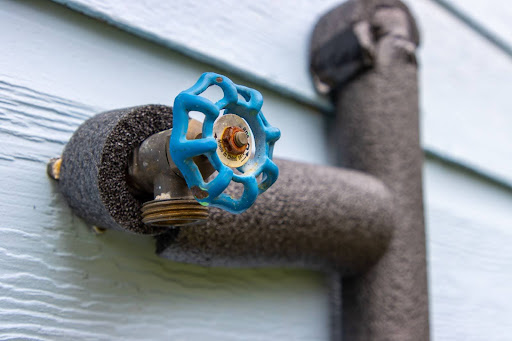
Seal and Insulate Before the Cold
As autumn wanes, it’s imperative to address the insulation of your pipes. Proper insulation acts as a safeguard against the plummeting temperatures that winter brings and can be the difference between a smoothly functioning plumbing system and a disaster.
The goal is to create a thermal barrier that resists the incursion of cold air, which could cause the water within the pipes to freeze. Adequate insulation materials, like foam rubber or fiberglass sleeves, wrap around the pipes, providing a protective layer that can stave off the cold. Remember to focus on pipes in unheated areas such as garages, attics, and basements where the potential for freezing is higher.
Further to insulating your pipes, it is also wise to seal any gaps or cracks in the foundation or walls where pipes enter or exit your home. These breaches might allow frigid air in, reducing the temperature around the pipes to a point where water may freeze. Utilizing caulking and weather-stripping to seal these areas will enhance your home’s overall thermal efficiency.
In addition to the physical measures, it is prudent to examine your home’s heating system to ensure that it maintains a consistent temperature throughout your residence. This ambient warmth contributes significantly to preventing your pipes from reaching freezing temperatures. Regular inspections and maintenance of your heating system ensure that it operates effectively, distributing heat evenly and reliably when the cold is at its most formidable.
Heater Tune-up for Colder Days Ahead
A properly functioning heating system is your home’s best defense against the relentless bite of winter chill. It safeguards your comfort and the integrity of your plumbing infrastructure during colder months.
Heating maintenance, including a comprehensive tune-up, is key to ensuring your furnace operates at peak efficiency. This proactive service addresses any potential issues long before they become costly problems, sustaining the longevity of your heating apparatus.
A tune-up typically involves a thorough inspection of the heater’s components, from filters to thermocouples. A professional service technician can clean, adjust, and replace parts as needed to promote optimal performance during the times you need warmth the most.
Insist upon a check of the system’s calibration as well; a properly calibrated thermostat and heating system ensure temperatures are accurately maintained. This precision fosters a comfortable home but also regulates the warmth needed to prevent pipes from freezing.
By scheduling a heater tune-up ahead of winter’s arrival, you preemptively arm your home against the invasive cold. Such diligence offers peace of mind, warmth, and the assurance of protected, functional plumbing.
Year-round plumbing care with Salisbury Plumbing
When it comes to year-round plumbing care, you need a team of experts you can rely on. At Salisbury Plumbing, we are dedicated to providing top-notch plumbing services that keep your home running smoothly in every season.
Whether it’s winter, spring, summer, or fall, our team of skilled plumbers is here to ensure that your plumbing system is in optimal condition. From preventive maintenance to emergency repairs, we have the knowledge and experience to handle any plumbing issue that may arise.
At Salisbury Plumbing, we take pride in our attention to detail and commitment to customer satisfaction. We treat your home as if it were our own, providing the highest level of service and expertise.
Don’t wait until a plumbing issue becomes a major problem. Contact Salisbury Plumbing today to schedule an appointment and experience the difference of working with a trusted plumbing professional. Let us take care of your year-round plumbing needs, so you can enjoy peace of mind knowing that your home is in good hands.
toto slot

